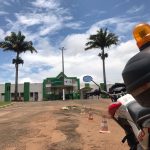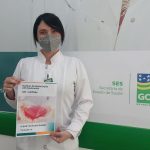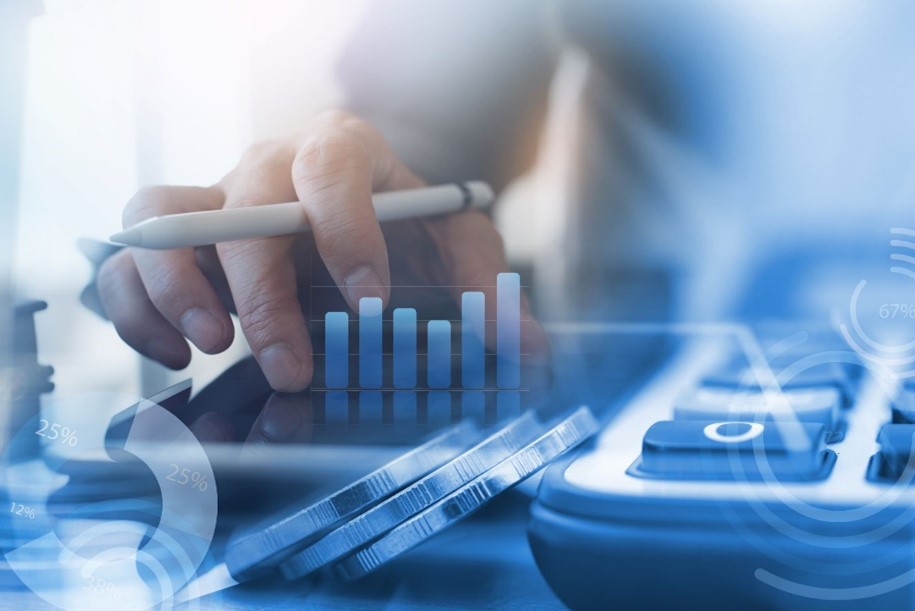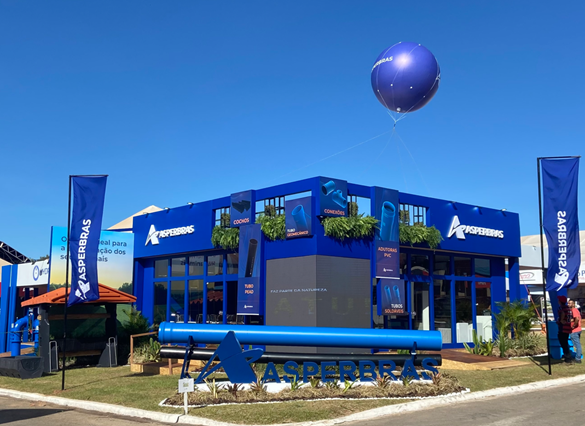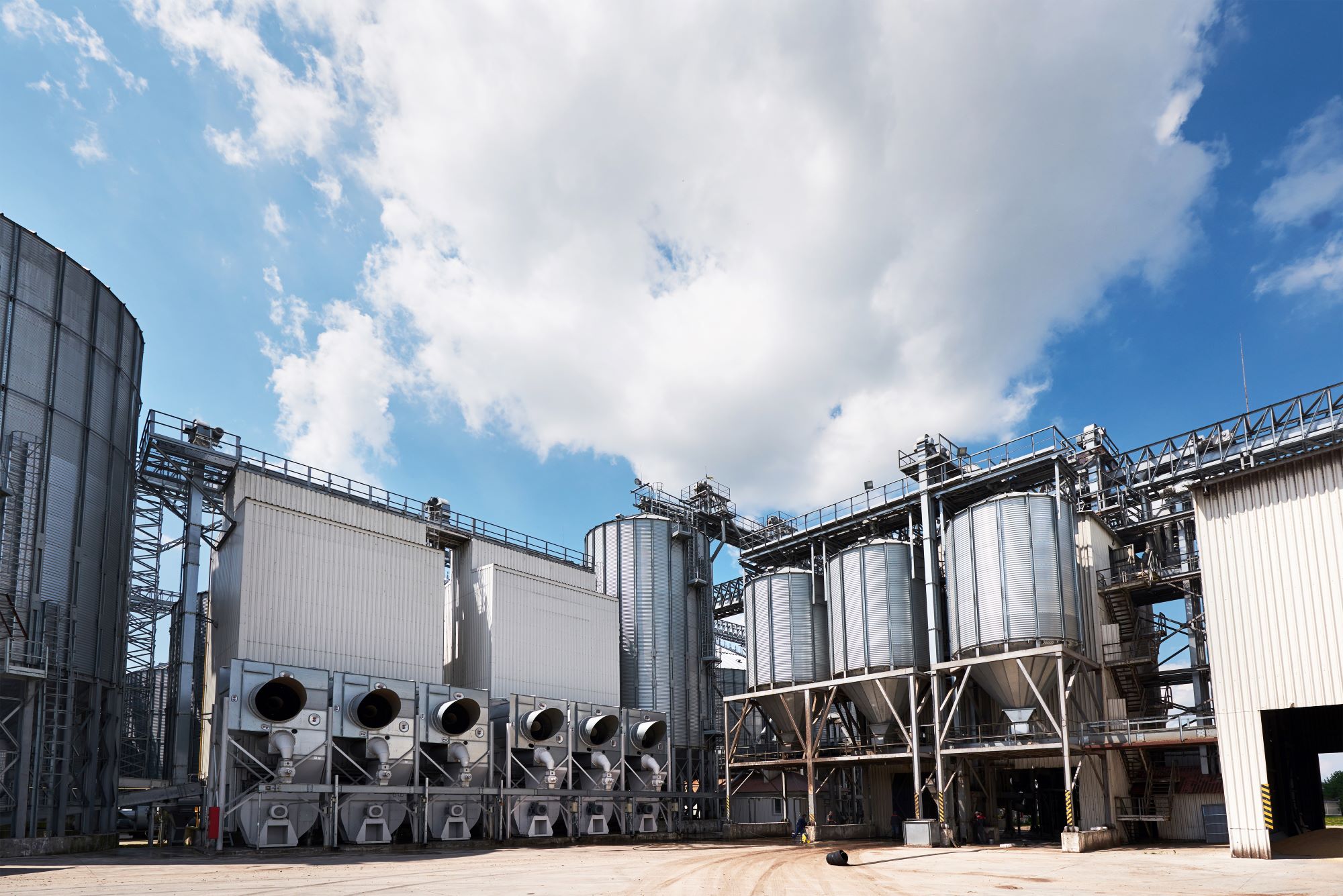José Maurício Caldeira, from Asperbras, analyzes the economic challenges of 2022

For José Mauício Caldeira, shareholder and member of the Board of Directors of Asperbras, the general elections will bring volatility to the sectors this year
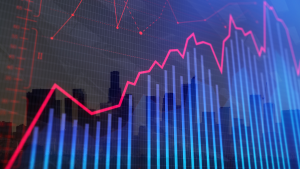
José Maurício caldeira, analyzes the economy in 2022 still with Covid-19.
The year 2022 is just beginning, but it is already presenting itself as quite a challenging one for the Brazilian economy. Uncertainty should set the tone for the coming months, especially due to the general elections scheduled for October. “Traditionally, in Brazil, election years bring more volatility to the market, it is something that entrepreneurs already know happens”, says José Maurício Caldeira, shareholder and member of the Asperbras Board, which operates in several sectors of the economy, including industry and real estate development.
According to the latest available data from the Brazilian Institute of Geography and Statistics (IBGE), the economy has been sideways and this situation will continue into 2022, with the dollar at an all-time high and pressure in the fiscal framework. In addition, we have entered the third year of a pandemic. Despite the fact that 70% of the Brazilian population already have both doses of the vaccine, Covid-19 remains a factor of concern, mainly due to the speed of contamination of the omicron and the possible emergence of new variants.
Among the economic segments, services and commerce are with the level of activity above the pre-pandemic level, by 4.5% and 1.2%, respectively. Services grew 2.2% from October to November and commerce rose 0.2% in the same period.
The industry, which experienced a real boom in 2020, with very heated demand in the first year of Covid-19, is going through a more delicate moment. Industrial production dropped 0.2% in November, the sixth consecutive drop in the indicator, and is 4.3% below the pre-pandemic level.
From the manufacturing industry’s point of view, bottlenecks in the global supply chain continued to hamper the sector. This situation had a strong impact on the segment with delays in deliveries and falling inventories due to great pressure on costs. Very affected by the shortage of semiconductors, the automobile industry and the electrical and electronic sector are the ones that have suffered the most from this mismatch.
This is one of the factors playing against economic growth this year, but there are others: the high cost of raw materials and electricity, high inflation, which is only expected to subside in mid-year, fiscal uncertainty and interest rates high.
Unemployment remains above double digits but fortunately has been retreating. In the quarter ended in November, it was 11.6%, according to the IBGE. In comparison with the quarter that ended in August, this means that 3.2 million more people managed to enter the job market. The federal government recorded the creation of 2.7 million formal jobs in 2021.
The biggest driver of uncertainty for 2022, however, is the fact that it is an election year. “Until the doubts about what the Brazilian economic policy will be from 2023 on, we will have a lot of volatility”, believes José Mauricio Caldeira. “But we have to look at the forest and not just the trees in front of us,” adds Caldeira. Brazil continues to be a country with immense potential for those who want to invest in the productive sector. ”
The Focus Bulletin released by the Central Bank, which gathers market estimates, points to the growth of 0.30% for 2022, with inflation above 5%, which is the target ceiling, basic interest rate ending the year on 11, 75% and the dollar at R$ 5.60 (brazilian real).

